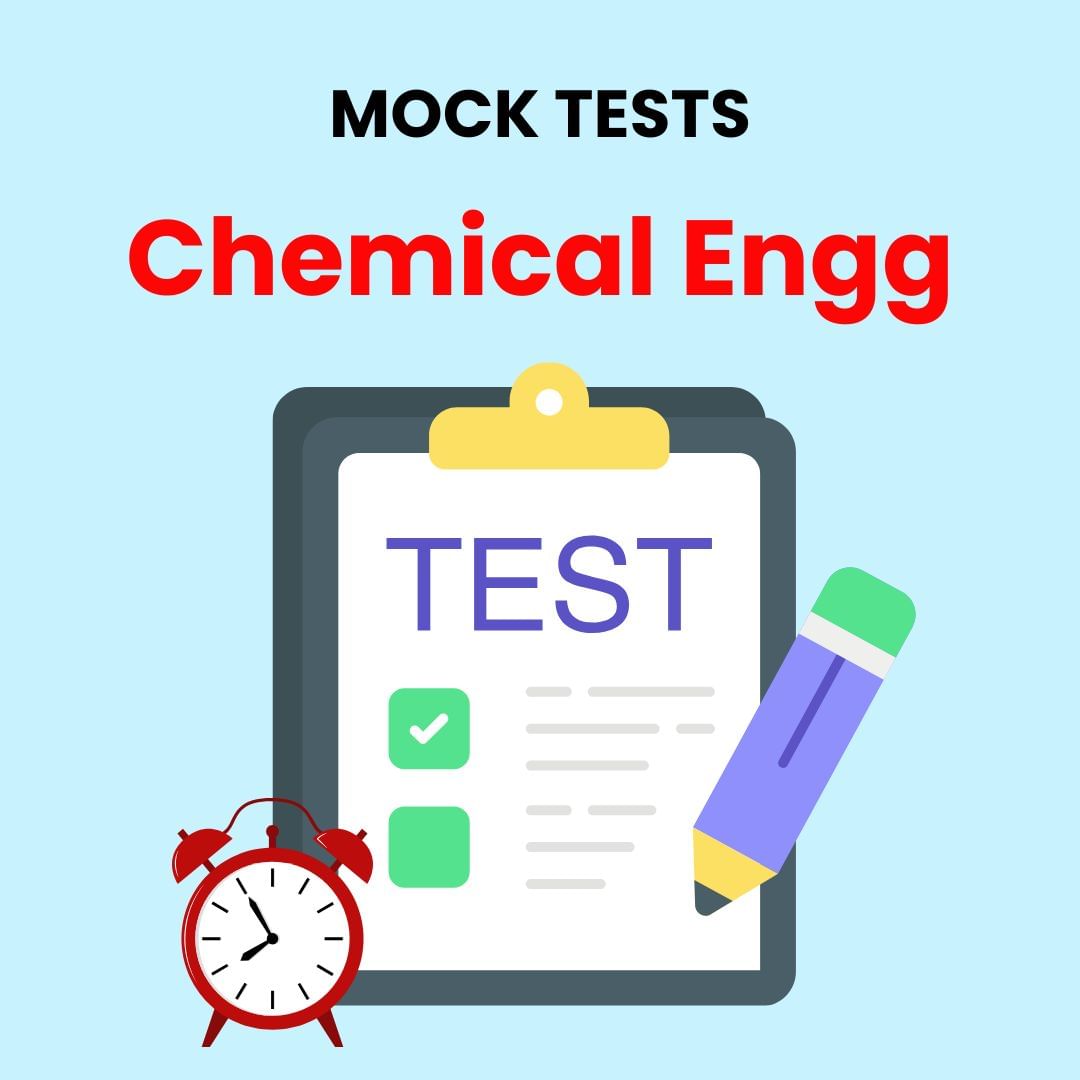Profile of Petrochemical Industry and its Structure (Part - 2) | Chemical Technology - Chemical Engineering PDF Download
Evaluation of Feed Stocks for Aromatics, Olefins and Surfactant Plants
Aromatics - Naphtha, Pyrolysis gasoline, LPG
Olefins- Ethane, Propane, Naphtha, Gas oil
SURFACTAN PLANTS - Kerosene for paraffins, benzene
- Input cost of feed constituents is a major portion of the variable cost of production in petrochemical plants.
- Major feed input naphtha/kerosene from the refinery
- Fed quality monitoring and improvement efforts are therefore very important aspects having significant impact on the economics of the operation cost.
- The precursors and undesirable constituents in feed including catalyst and adsorbents poisons should be known, analyzed and monitored continuously.
Desired components in feed for olefins productions
- Naphthenes: Naphthene yield olefins of higher carbon number. Butane yield increases appreciable with naphthenic feed. Naphthenes also enhance production of aromatics.
- Aromatics: The aromatics is feed are highly refractory and they pass through the furnace unreacted.
- Sulphur: The sulphur in feed suppresses stream reforming reaction catalyzed by nickel present in radiant coil. Optimum level of sulphur- 1 ppm.
Physical Properties: Density, distillation range are useful and give a rough assessment of feed quality.
Ethylene
The following components in feed give ethylene in decreasing order: Ethane, Butane to Decane, 3 and 2 Methyl hexane, 2 methyl Pentane/ 2,2 Dimethyl Butane, Isopentane
Propylene
The following components in feed give propylene in decreasing order:
Isobutane, n-nutane, n-propane, 3 methyl pentane, 2,3 dimethyl butane, 2 methyl hexane, n-pentane, 3 methyl hexane, iso pentane.
Butadiene The following components of feed give butadiene is decreasing order: Cyclo hexane, methyl cyclo pentane.
Aromatic Plant
Naphtha cut C6 to C9
Paraffin, Napthenes, Aromatics 110 to 140 oC
Dehydrogenation of C8Napthene yield C8 aromatics. Most desirable component 90% of C8napthalene in feed gets converted to C8 aromatics
- C8 Paraffin's: Dehydro cyclisation of C8 paraffin's yield aromatics difficult to 20% C8 paraffins converted to C8 aromatics.
- C8 aromatics: Pass as refractory and directly contribute to C8 aromatic production.
- C8 aromatic precursors: It is useful to monitor aromatic precursors= 0.2* C8 P + 0.9 * C8 N + 1.0 C8 A
Integration of Refinery with Petrochemical
Advances in processing technologies are playing a larger role in integrating refining and petrochemical facilities . In the changing scenario, petroleum refining and petrochemical production integration will be of vital importance for maximizing the use of byproducts and improving the overall economy of a petroleum refinery. A great deal of synergy exists between the refinery, aromatics complexes and steam cracker complex. Off gases from the FCC unit and coker containing ethylene and propylene can be integrated with the cold section of steam cracker. Pyrolysis gasoline is a good source of aromatics which can be integrated with the catalytic reforming process. Propylene from FCC and benzene from aromatics are feed stocks for the production of cumene and phenol. A new concept of refinery petrochemical integration are:
- Low to moderate level of integration: uses 5-10 % of crude
- High level integration: these complexes convert 10-25% of the crude oil
- Petrochemical refinery: these complexes produce a significant amount of petrochemicals as compared to fuels.
Petrochemical Processes within refinery which will help in integration of refinery and petrochemicals
- Propylene Recovery from FCC gases
- Ethylene from FCC gases
- C4 and C5 recovery from FCC
- C4s from naphtha cracker and refinery to LPG pool as well as feed to cracker
- Aromatic Recovery & Conversations
- Light ends & Light Naphtha Conversion
- Residue & Coke gasification
- Hydrogen Production
- Butane to Maleic anhydride & Derivative
- Benzene-Cumene-Phenol-Acetone
- Benzene-Cyclohexane-Caprolactum
- n-Paraffins extraction from kerosene for LAB
- Valorization of refinery streams- LCO, LCGO, HCGO
- Recovery of Valuable Chemicals cyclopentadiene, diclopentadiene, isoprene, propolyene
- Isobutylene for alkylation
- Use of C7-C8 stream from benzene extortion for separation of p-xylene for PTA
- Maximizing the use of natural gas in a refinery-petrochemicals complex offers higher margins and lower carbon emissions. Off gas from
Off gas from FCC and delayed coking units contains a good quantity of ethane, ethylene, propylene and some propane and recovery of these hydrocarbons may be economical in the refinery.
Indalin Process
Indalin is a versatile indigenous technology adding value to upstream and downstream oil industry. Indalin is a catalytic cracking process for upgradation of low value naphtha to very high yield of LPG, containing high olefins such as propylene, ethylene butylenes etc. Surplus kerosene and gas oil range fraction can also be processed along with naphtha. Indalin can integrate a refinery with petrochemicals complex and therefore offers a tremendous opportunity for value addition through upgradation of low value streams to petrochemical feed stock.
|
69 videos|121 docs
|
FAQs on Profile of Petrochemical Industry and its Structure (Part - 2) - Chemical Technology - Chemical Engineering
| 1. What is the role of feedstock in the petrochemical industry? |  |
| 2. How is the petrochemical industry structured? |  |
| 3. What are the major challenges faced by the petrochemical industry? |  |
| 4. How does the petrochemical industry contribute to the economy? |  |
| 5. What are some of the common petrochemical products used in daily life? |  |































